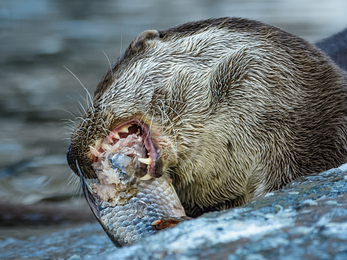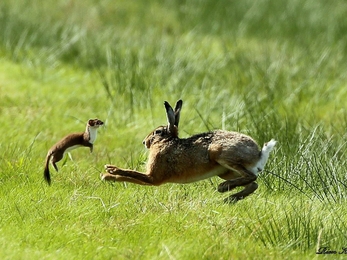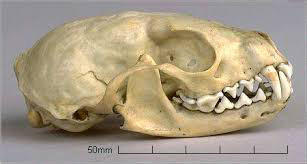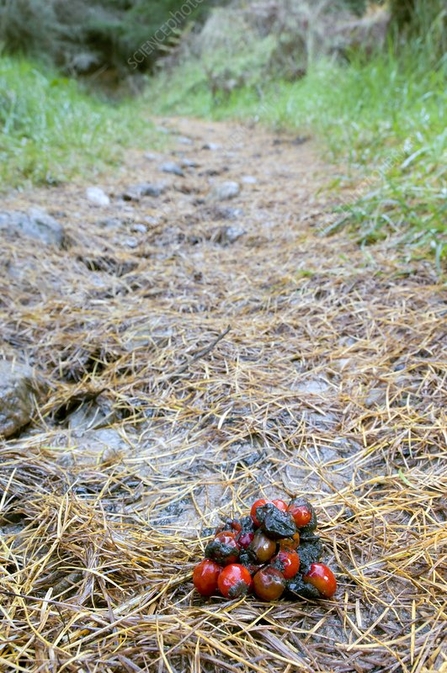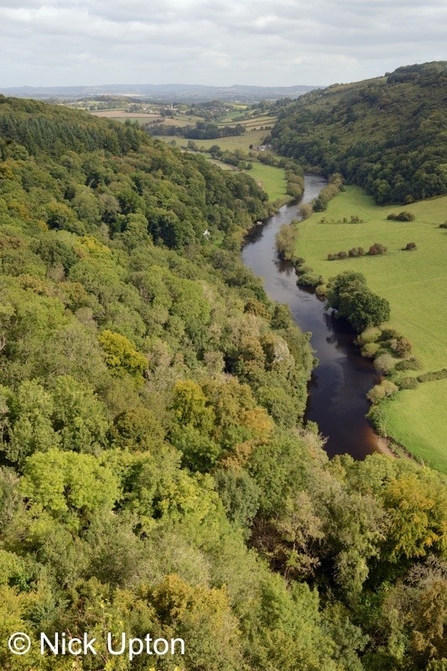Mustelid diets
Mustelids are by definition carnivores, predominantly consuming meat. There are some exceptions to this rule who will opt for a side salad with their steak…but let’s be realistic, no mustelid will ever attempt Veganuary.
Mustelid dietary favourites range from rabbit (a specialty of the tiny stoat), to salmon (fish of the day for the otter), to earthworms (a badger favourite). While many of these mustelids have preferred food sources, there is some overlap in their diet in the UK1 and, although mainly meat eaters, in times of limited food availability mustelids will scavenge, eating plant material and anything else that crosses their path. The mustelid approach to food is much like my labradors: if it smells edible, there will be a way to eat it.


